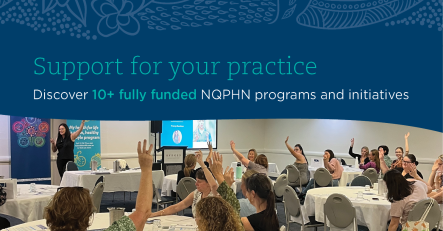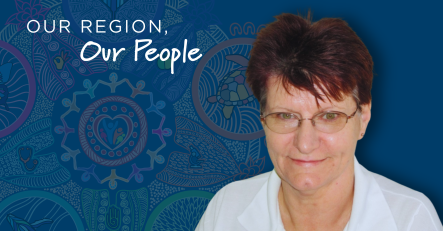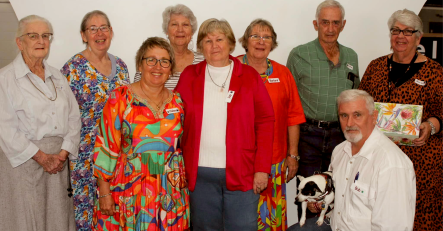Northern Queensland Primary Health Network (NQPHN) is rolling out comprehensive, mobile, telehealth carts to 36 participating residential aged care homes (RACHs) in North Queensland.
RACHs from Thursday Island to Mackay, including 15 in the Townsville region, are participating in the initiative.
NQPHN Chief Executive Officer Sean Rooney said the equipment offered a new option to help improve residents’ access to general practitioners (GPs), including afterhours consultations.
He said it would also help reduce avoidable and unnecessary trips to the Emergency Department (ED).
“Working closely with North Queensland residential aged care homes, Northern Australian Regional Digital Health Collaborative (NARDHC), and VisionFlex, our Health System Integration and Innovation team has developed a telehealth cart that can be utilised in the homes to help residents access timely health care,” Mr Rooney said.
“The telehealth carts make it possible for residents to have a consultation with their GP from the comfort of their homes, reducing any burden and discomfort involved in travelling to the ED and the waiting times.
“Access to telehealth via the carts also allows residents to reach specialist care services, which may otherwise only be available in capital cities.”
The Good Shepherd Home, in Townsville, is one of the first RACHs in North Queensland to start using the telehealth cart.
CEO Brian Matthews said not only would the cart benefit residents by improving access to health services, but it also supported residents’ family members or nominated representatives to join consultations remotely.
“The cart will improve referral and assessment times for residents too, giving them access to GPs between site-scheduled visits,” Mr Matthews said.
“Aside from that, the telehealth cart is helping residents connect with family socially or while planning for care plan reviews with family who may not live locally.
“We believe there are many benefits to telehealth in RACHs in the future, including electronic medication charting, documenting and prescribing remotely, a reduction in transferrals to hospital and reducing pressure on the emergency department after hours, and access to other visiting allied health services and specialists.”
Mr Rooney said he anticipated more general practitioners (GPs) would be attracted to telehealth consultations via the carts to service their patients in the ever-growing aged care sector.
“The carts also support practitioners in accessing information and improving medication safety and prescribing,” he said.
“They are easy to use and convenient for GPs, residential aged care home staff, and residents, and include HD cameras, a full-size patient-facing monitor, high-performing computer equipment, and a range of USB peripherals for vital readings and patient monitoring.
“Accessibility options including live speech-to-text transcription and closed captioning are also included for patients with hearing and vision impairment.”
Mr Matthews said The Good Shepherd Home intended to use the telehealth cart for digital health assessments to provide information as part of a physical examination, such as skin care, or assessment of wounds or vital signs.
Three of the telehealth carts, including the cart at The Good Shepherd Home, were funded as part of a NARDHC grant to improve healthcare interoperability following a 12-month project regarding sustainable primary health care in RACHs. The Department of Health and Aged Care funds the other 33 carts.








